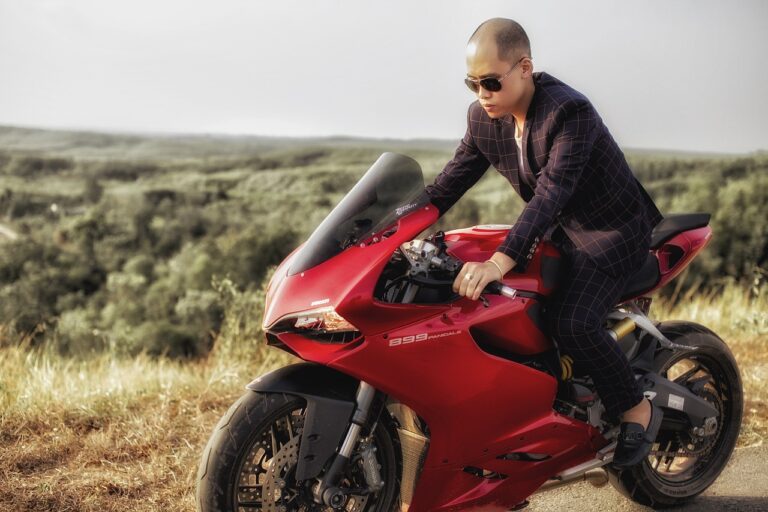The Art of Food Photography: Tips and Techniques for Capturing Culinary Delights: Betbhai9 whatsapp number, Radhe exchange register, My99 exch
betbhai9 whatsapp number, radhe exchange register, my99 exch: Food photography is an art form that requires a unique combination of skills and techniques to capture the beauty and deliciousness of culinary delights. Whether you’re a professional food photographer or just looking to up your Instagram game, mastering the art of food photography can take your images to the next level.
Here are some tips and techniques for capturing stunning food photos:
1. Lighting is Key
One of the most important factors in food photography is lighting. Natural light is always best, so try to shoot your photos near a window or outdoors. Avoid harsh overhead lighting or direct sunlight, as this can create unflattering shadows. Use a reflector or white foam board to bounce light onto your subject and eliminate shadows.
2. Composition Matters
Pay attention to the composition of your photos. Use the rule of thirds to create a visually appealing image, and experiment with different angles and perspectives to find the most flattering shot. Don’t be afraid to get up close and personal with your food to capture all the delicious details.
3. Props and Backgrounds
Choose props and backgrounds that complement your food and enhance the overall aesthetic of your photos. Experiment with different textures, colors, and patterns to create a visually interesting composition. Simple, neutral backgrounds like wood or marble are often a safe bet, but don’t be afraid to get creative and try new things.
4. Styling and Presentation
Take the time to style and present your food in an appealing way. Use garnishes, sauces, and utensils to add visual interest to your photos. Pay attention to details like plate placement, food arrangement, and serving sizes to create a beautiful and mouthwatering image.
5. Editing and Post-Processing
Editing is an essential part of food photography. Use editing software like Lightroom or Photoshop to enhance your photos, adjust colors and exposure, and remove any imperfections. Remember to keep your edits subtle and natural-looking to maintain the authenticity of the food.
6. Practice and Experiment
Like any skill, food photography takes practice. Take the time to experiment with different techniques, styles, and compositions to find what works best for you. Don’t be afraid to try new things and push yourself creatively.
7. FAQs
Here are some frequently asked questions about food photography:
Q: Do I need a fancy camera to take great food photos?
A: While a DSLR camera can provide higher quality images, you can still take stunning food photos with a smartphone or point-and-shoot camera. The key is to focus on lighting, composition, and styling.
Q: How can I make my food photos stand out on social media?
A: To make your food photos stand out on social media, focus on creating visually appealing images that tell a story. Use props, backgrounds, and editing techniques to make your photos pop.
Q: What is the best time of day to shoot food photos?
A: The best time of day to shoot food photos is usually in the morning or late afternoon when the light is soft and diffused. Avoid shooting in harsh midday sunlight, as it can create unflattering shadows.
In conclusion, mastering the art of food photography takes time and practice, but with the right techniques and tips, you can capture stunning images that showcase the beauty and deliciousness of your culinary creations. Experiment, have fun, and let your creativity shine through in every photo you take.







